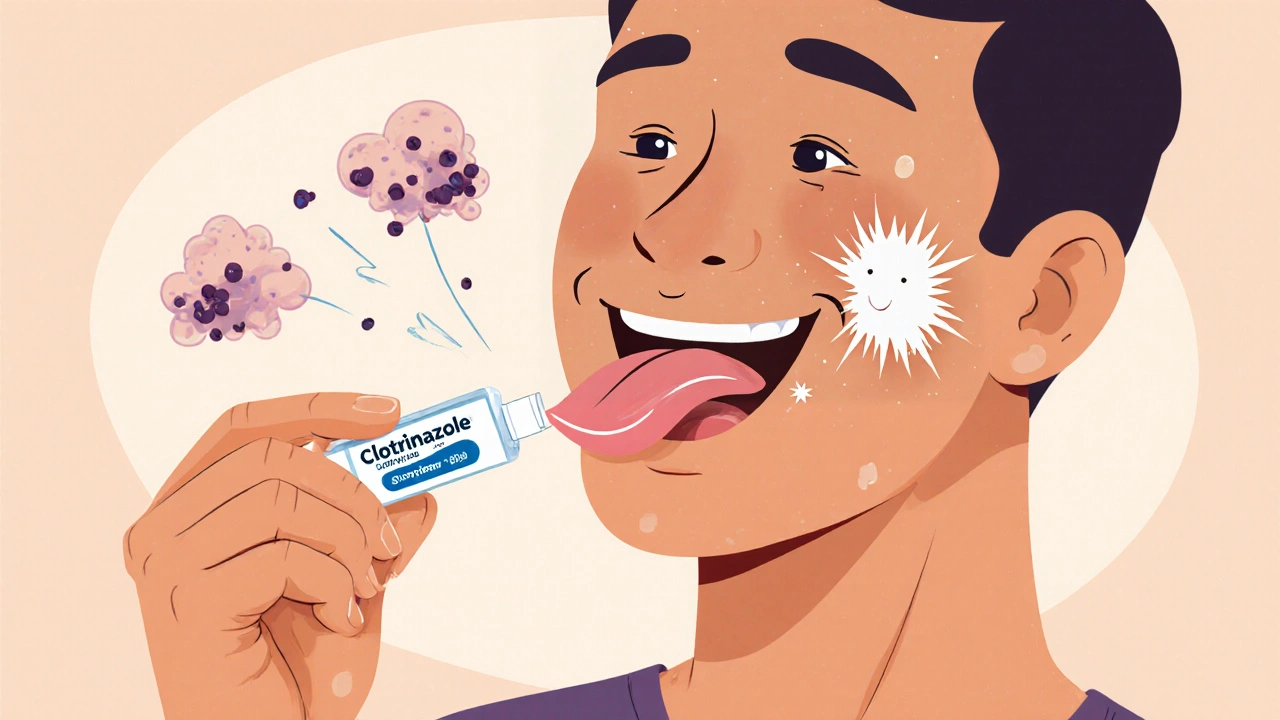Oral Thrush Treatment: What Works and What to Avoid
When you see white patches in your mouth that won’t scrape off, it’s likely oral thrush, a fungal infection caused by an overgrowth of Candida yeast. Also known as oral candidiasis, it’s not rare—especially in men using inhalers, taking antibiotics, or managing diabetes. This isn’t just a nuisance; left untreated, it can spread, cause pain while eating, and even signal a deeper immune issue.
Oral thrush treatment usually starts with antifungal medication, drugs designed to kill or slow down Candida yeast. Common options include nystatin mouth rinse, clotrimazole lozenges, or fluconazole pills. But here’s the catch: not all treatments are equal. Some work fast, others take weeks. Some require strict dosing, others are over-the-counter. And if you’re on steroids or have dry mouth from medication, your risk goes up. That’s why knowing your triggers matters as much as the treatment itself. oral yeast infection, a term often used interchangeably with oral thrush doesn’t just appear out of nowhere—it’s tied to diet, hygiene, and what else you’re taking.
Many men skip the basics: rinsing after inhalers, brushing twice a day, avoiding sugary drinks, or not sharing toothbrushes. These aren’t just "good habits"—they’re part of the treatment plan. Even if you take antifungal meds, skipping these steps means the infection comes back. And if you’ve had it more than once? You might need to check your blood sugar, vitamin levels, or even your immune function. This isn’t just about a sore mouth—it’s about your whole health.
The posts below cover everything from the most effective antifungal drugs to how to tell if your thrush is linked to something else—like diabetes, HIV, or a medication side effect. You’ll find real comparisons between treatments, what doctors actually recommend, and what doesn’t work (yes, apple cider vinegar isn’t magic). No guesswork. No myths. Just clear, practical info to help you get rid of this for good.
Clotrimazole lozenges are a targeted, effective treatment for oral thrush, working directly in the mouth to kill fungal overgrowth. Learn how to use them right, what to expect, and how they compare to other options.

